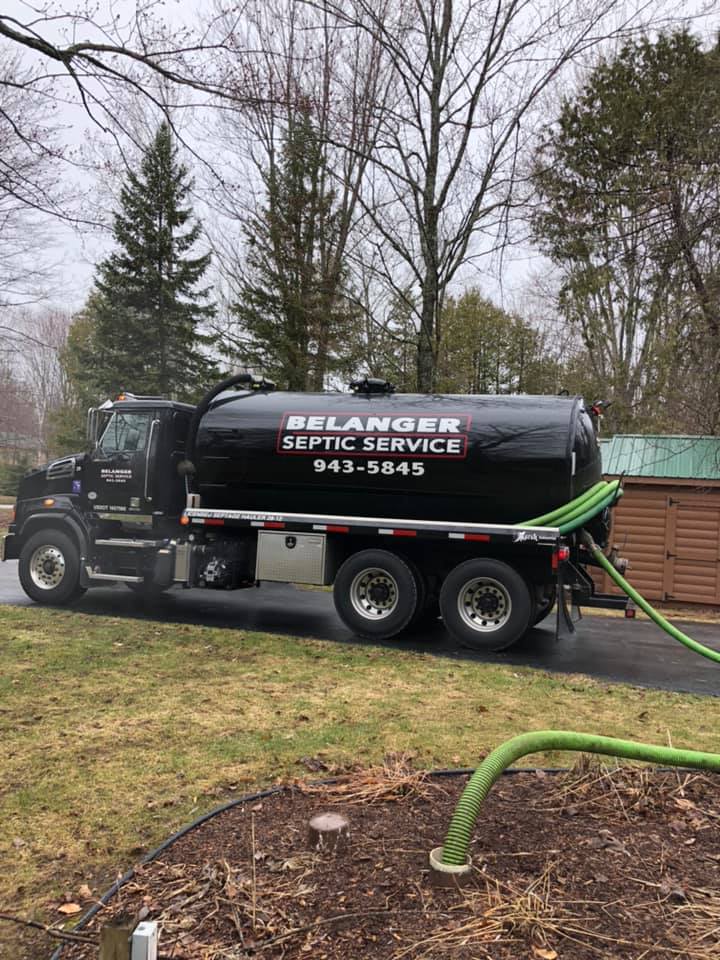Septic Tanks that We Work with in Traverse City, Michigan
Septic Tanks
A septic tank is a key component of the septic system, a small-scale sewage treatment system common in areas with no connection to main sewage pipes provided by local governments or private corporations. The term “septic” refers to the anaerobic bacterial environment that develops in the tank which decomposes or mineralizes the waste discharged into the tank. Septic tanks can be made of steel, concrete, or special long-lasting polymer plastic.
Grease Traps
Simply put, a grease trap is a receptacle that kitchen wastewater flows through before entering the sanitary sewer lines. This receptacle captures or “traps” grease. How? Grease, the industry term for animal fats and vegetable oils, is 10 to 15% lighter than water. Grease also does not mix with water. Therefore, grease and oils float on water. When kitchen wastewater flows through a grease trap, the grease and oils rise to the surface and are trapped inside the receptacle using a system of baffles. The captured grease and oils fill the grease trap from the top down, displacing “clean” water out of the bottom of the trap and into the sanitary sewer line. This is why you see a grease “mat” when observing a grease trap. When a significant layer of grease has accumulated, the trap must be cleaned out.
We will get back to you as soon as possible.
Please try again later.
When trying to figure out what kind of septic tank you have and was service you are looking for, give us a call at (231) 943-5845 for more.
Address: 2233 M37 S, Traverse City, MI 49685 | Phone:
231-943-5845
|
231-943-2634
| Fax: 231-943-5250 | Email:
info@securitysanitation.com
| Business Hours: Monday-Friday: 7:00am-4:30pm






